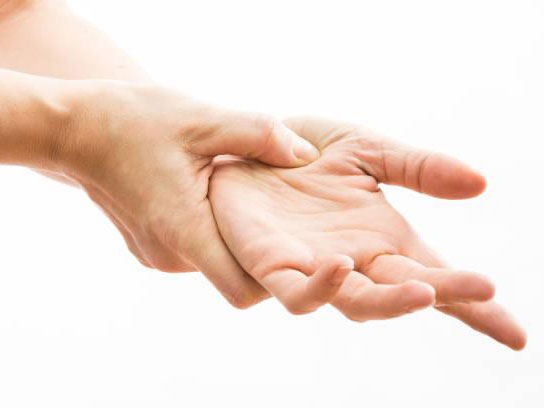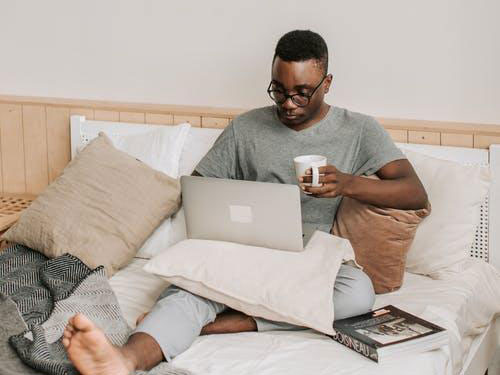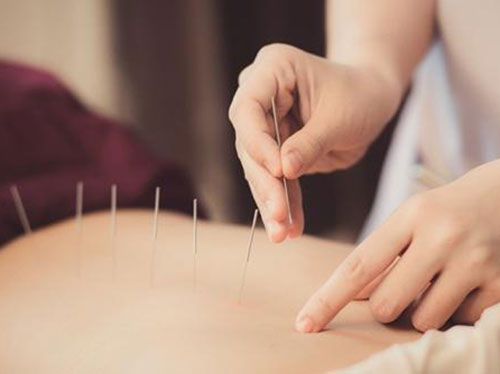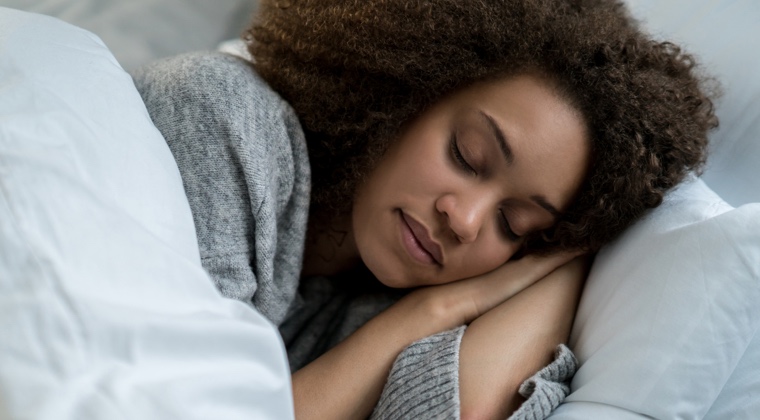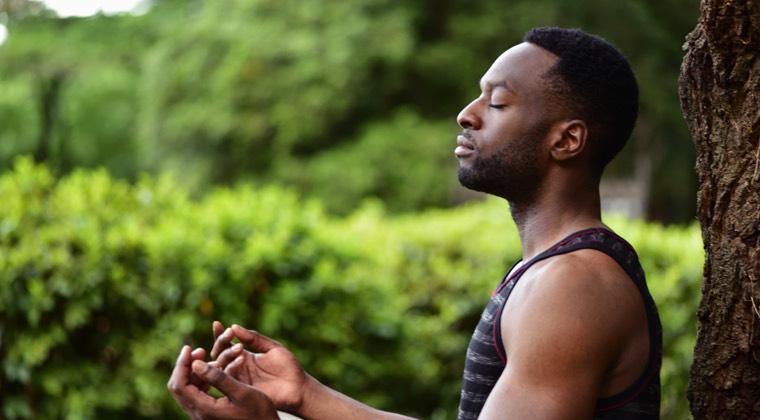There are different methods used to stimulate acupoints including: manual, electrical, chemical, and thermal. In acupressure, physical pressure is applied to acupoints using fingers, thumbs, elbows, or various devices to improve physiological functioning. Self-acupressure is when a person applies pressure to an acupoint on themselves using circular motions. Acupressure can be personalized to match the symptoms and characteristics of the person being treated. That is, the acupoints you want to stimulate will depend on your individual symptoms.
While acupressure has been practiced for thousands of years, Western scientists only began to research its medical benefits over the past decade. Acupressure has been historically used to treat numerous medical conditions, and recent studies have shown that acupressure can help manage chronic illness by reducing fatigue, improving sleep, and easing stress and anxiety.
Researchers have yet to determine how acupressure works, but it seems that it is linked to changes in the brain. Acupressure has been found to alter levels of chemical messengers in the brain, called neurotransmitters, which, when too high or too low, can result in negative mood, pain, and fatigue. Acupressure can also decrease stress hormones in the body. Lower stress hormone levels reduce anxiety, improved mood, and improved sleep. More research is needed to know whether all acupoints affect the brain and body in the same way. It is more likely that the results of acupressure relate to which acupoints are stimulated.



